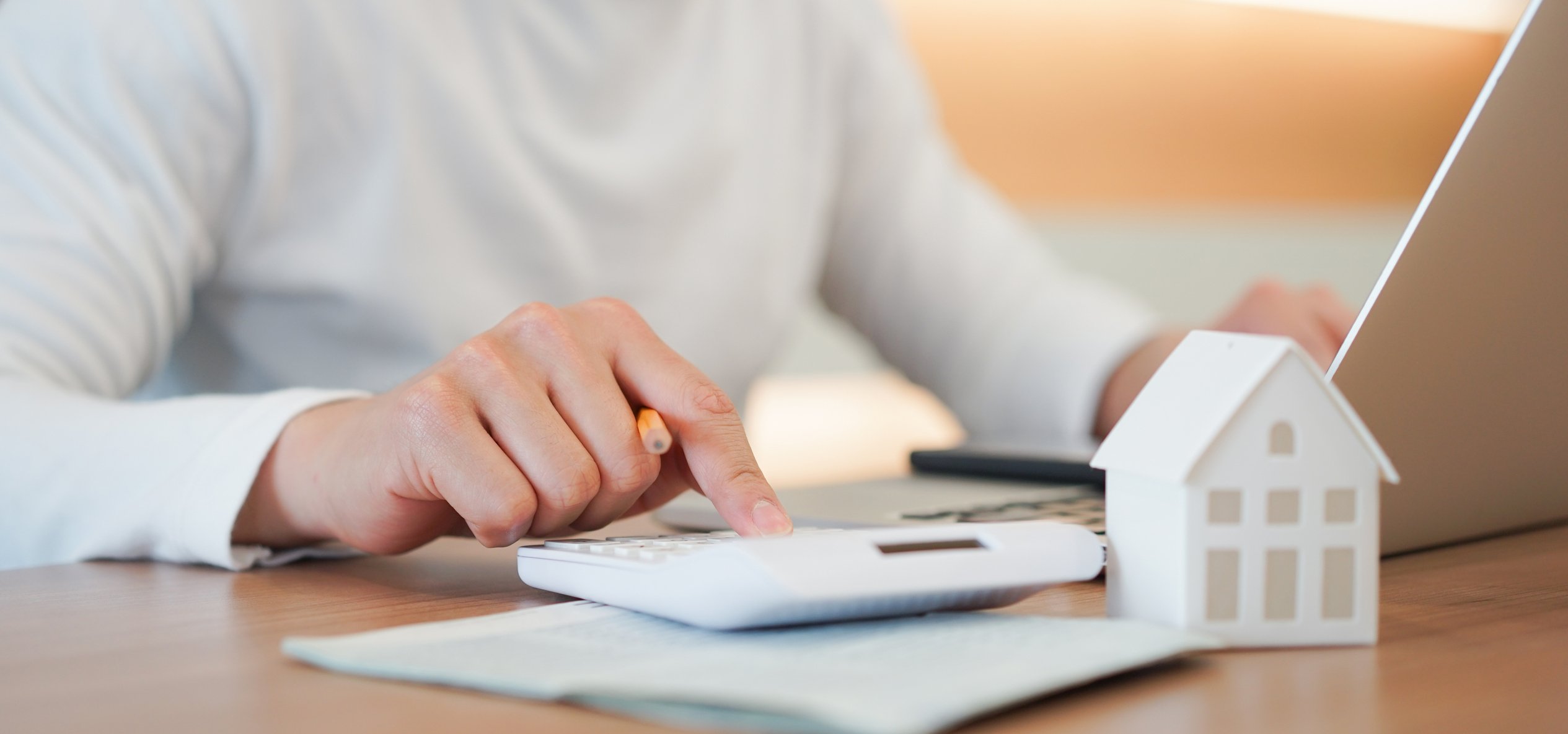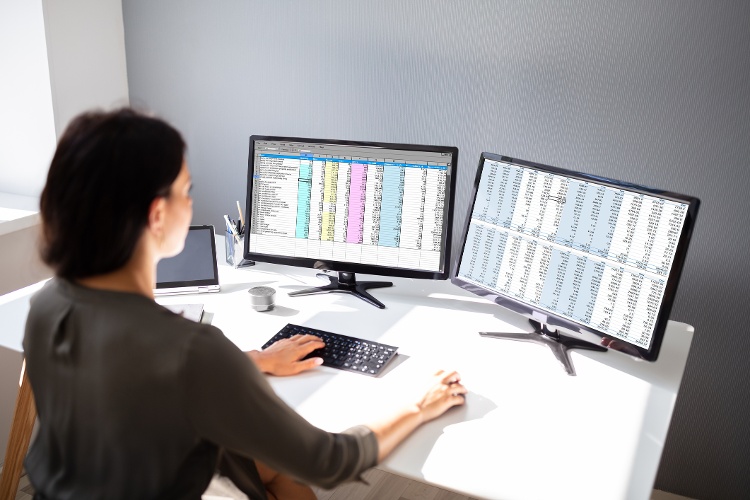The balance sheet is one of the three core financial reports all real estate investors should use.
A rental property balance sheet provides a quick look at the equity you have in each property at a given point in time, on both a property and portfolio level, and makes it much easier to determine your own net worth.
What Does a Rental Property Balance Sheet Do?
A rental property balance sheet is a summary of all of the assets and liabilities, and equity, of your rental property at a given point in time. Since assets and liabilities change from time to time, like when a mortgage is paid down, the balance sheet changes as well.
Another way of thinking about a balance sheet is that it shows you the “net worth” of your rental property by using the formula:
Assets – Liabilities = Equity or Net Worth
Items on a balance sheet include:
- Assets such as the fair market value of your property and the balance in your checking account.
- Liabilities such as refundable tenant rent deposits and your outstanding mortgage balance
- Owner’s equity, which is the difference between your assets and your liabilities.
Information on a Balance Sheet
Every balance sheet will look a little bit different depending on the type of property – such as single-family vs multifamily – and the ownership structure of the investment – such as individual owners vs a joint venture with multiple stakeholders.
Information to find on a basic balance sheet for a single-family rental property includes:
Assets
- Property building value
- Property land value
- Accumulated depreciation
- Checking account balance
- Savings account balance (for CapEx)
- Refundable deposits paid to set up utility accounts
Liabilities
- Refundable tenant security deposit
- Owner cash contribution to fund opening checking and savings accounts
- Credit card balance for property-related expenses
- Mortgage balance
- Property taxes assessed but not yet due
Equity
- Estimated liquidation value or equity of property (Assets less Liabilities)
Depreciation on a Balance Sheet
Depreciation reduces the original value of the building (but not the land) for tax purposes. The IRS allows investors to depreciate residential property over a period of 27.5 years. That annual depreciation expense is used to reduce taxable net income.
Depreciation is included on the asset part of a rental property balance sheet to show the depreciated value of the home. As an example, assume an investor paid a total of $150,000 for a rental home, which includes a lot or land value of $25,000.
At the time the property was purchased the asset part of the balance sheet might look like this:
Balance Sheet Assets at Time of Purchase
- Property building value = $125,000
- Accumulated depreciation = $0
- Property land value = $25,000
- Checking account balance = $2,000
- Savings account balance (for CapEx) = $1,000
- Refundable deposits paid to set up utility accounts = $500
After one year of ownership, the balance sheet might look something like this:
Balance Sheet Assets After One Year of Ownership
- Property building value = $120,455
- Accumulated depreciation = $4,545
- Property land value = $25,000
- Checking account balance = $2,250
- Savings account balance (for CapEx) = $1,500
- Refundable deposits paid to set up utility accounts = $0
When the property is sold, accumulated depreciation is “recaptured” and taxed by the IRS, unless an investor is conducting a 1031 exchange. By including accumulated depreciation on the balance sheet, it’s easier to estimate the potential tax liability.
How to Create a Rental Property Balance Sheet
Now let’s look at the balance sheet of the same rental property after three years of ownership. The home has been occupied by the same great tenant, and there have been no major improvements needed that would be funded from the CapEx account:
Assets
- Property building value = $111,365
- Accumulated depreciation = $13,635
- Property land value = $25,000
- Checking account balance = $1,740
- Savings account balance (for CapEx) = $1,900
- Refundable deposits paid to set up utility accounts = $0
- Total Assets = $153,640
Liabilities
- Refundable tenant security deposit = $1,500
- Owner cash contribution to fund opening checking and savings accounts = $500
- Credit card balance for property related expenses = $250
- Mortgage balance = $100,000
- Property taxes assessed but not yet due = $1,000
- Total Liabilities = $103,250
Equity
- Estimated liquidation value or equity of property = $50,390
How to Create Your Own Balance Sheet for Your Rental Properties
Some real estate investors prefer to update or "true up" their balance sheet once a year to prepare for tax time, while others use an automated system to keep the rental property balance sheet updated in real time.
Rental Property Balance Sheet Templates
Template.net has seven real estate balance sheet templates in PDF and Excel format.
Rentals Z offers a printable rental property balance sheet template in Excel, along with real estate rental templates and worksheets.
Examples.com includes a variety of rental property balance sheet templates, including balance sheets for a real estate portfolio, real estate development, and a real estate company.
Wise has balance sheet template downloads for a simple balance sheet in Excel, a business balance sheet template, and a balance sheet template for Google Sheets.
Microsoft Office offers a balance sheet with examples to get started that is easy to use and customize.
A Tool That Automates This for You & Keeps It Up to Date
Stessa offers a new rental property balance sheet as part of its free plan. One of the big differences between a balance sheet from Stessa and other solutions is that Stessa focuses on current value versus depreciated value.
By pulling current market values for each property in the assets section, Stessa reports owner equity in real time so that investors always know the true net worth of their real estate investments.

You also get features that make the day-to-day management of your properties easier, including:
- Automated income and expense tracking: Instantly sort and classify transactions from linked bank, lender, credit card, and property management accounts, all without additional fees or required add-ons.
- Financial reporting: Generate income statements, net cash flow summaries, and balance sheets (available with the paid Pro plan), among other reports.
- Landlord banking: Open an FDIC-insured high-yield bank account for each property and easily integrate them with Stessa’s financial tracking features.
- Rental applications and tenant screening: Use Stessa’s tenant screening services and free rental applications to find and select qualified tenants.
- eSigning (in partnership with DocuSign): Upload your document, tag it for digital signatures, and send it to tenants, vendors, partners, and others.
- Free rent collection: Collect rent from tenants through one-time or recurring ACH payments.
- Real-time performance metrics: Get round-the-clock insights into the performance of your property portfolio.
- Property management integration: Link your property management data portal to Stessa to import transactions and get a detailed portfolio overview.
- Unlimited properties: Add an unlimited number of properties to your Stessa account.
- Collaborative access: Invite other investors, CPAs, spouses, and others to share your Stessa account. Manage their access levels to view and/or edit the account.
- Tax resources: Access the yearly Tax Guide and a suite of educational materials created in partnership with The Real Estate CPA to make tax season a breeze.
Experience a more efficient, stress-free way to manage your rental properties. Sign up for a free account with Stessa today.
Accounting Tips for Rental Property
There’s no doubt that the phrase “rental property bookkeeping” makes many people’s eyes glaze over. However, the truth is that accounting for rental income and expenses, and assets and liabilities, can be easy to do if you follow a few simple tips:
Business and personal finances should be kept separate
Once you begin commingling funds, it can be extremely difficult to go back and figure out which expenses belong to your business and which ones don’t.
This can also create a potential nightmare with the IRS if you’re ever audited because it will look like you’ve been using personal expenses to reduce your taxable net business income.
Create a bank account for each property
Make an appointment with your business banker to create a separate checking and savings account for your rental property.
Identify the account using a nickname such as the street the property is on, and order a debit and credit card for the account. Then, make sure all of your incoming and outgoing cash flows directly through the property bank account.
Automate payments and receipts
Almost every rental property accounting task can be automated. Online rental payment websites such as Cozy and RentTrack make it easy for tenants to pay online and build their credit score at the same time.
Set up your mortgage payment and other recurring bills on autopay, then use Stessa to link your accounts online so you can monitor the financial performance of each property from your owner dashboard.
Go digital as much as possible
Keeping proof of income and expenses is much easier when you store everything online. Some investors take a photo of each receipt, then email it to save in the rental property folder on their computer.
Other good ways to save documents online include Google Drive, Dropbox, and document storage on Stessa, which uses bank-grade encryption and robust multi-factor authentication to protect your data and keep your private information private.
Wrapping Up
A rental property balance sheet shows your assets, liabilities, and equity at a given point in time. Using a balance sheet for each rental is important because it gives you a true picture of the property’s equity or net worth as well as your own.
While some investors update their balance sheets every quarter or at the end of the year, others automate their financial reporting to track how profitable a rental property is in real time.
As always, speak with your CPA or accountant to get their opinion on what’s necessary for your situation.










